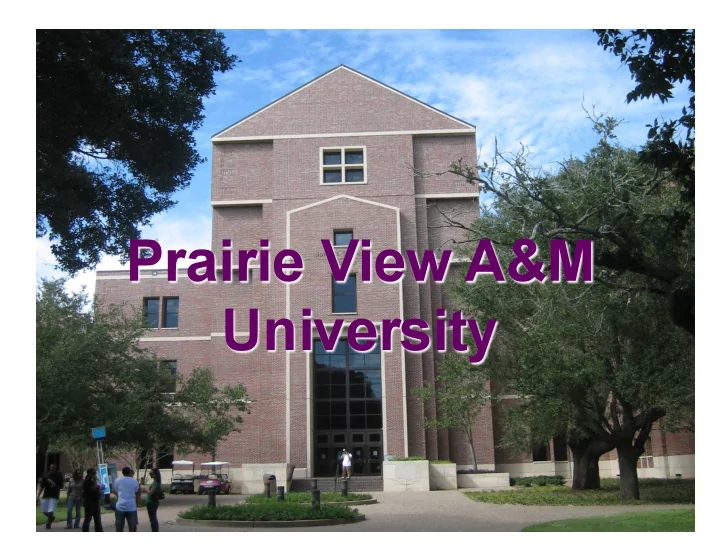

• Proteins • Allow the movement of ions across cell membrane • Extremely specific gateways Cuero Lab
Cuero Lab
• High recognition for transport of iron – Can specify other ions (vanadium, nickel, etc.) • Ions release protons (H + ) into cell and deposit electrons inside plasma membrane • Receptors embedded in membrane receive electrons Cuero Lab
• Cytochrome C – its role in the E.T.C-carrying electrons- produces ATP-more DNA- more cell replication – overall enhancing our biosensor • Help produce a sensor that can detect metals in low concentrations. Cuero Lab
Cuero Lab
Computational-Modeling Synthetic Biology Cuero Lab
Artificial Neural Network Modeling of A Molecular Biosensor • Future work • Neural Networks • electronic Nose (eNose) • Use of the artificial neural network • Application of the eNose to the • Preliminary training of the molecular sensing device network • Results • Principle units of metal biosensor
Artificial Neural Network Modeling of A Molecular Biosensor From the biggest brain……. To the smallest brain…..
Artificial Neural Network Modeling of the Molecular Biosensor Information Connections Actions
Representation of a layer of a neural network
Preliminary Network
Training by fitting to a function • Training using back propagation – Select function in matlab library to fit data – Find error, and compare to target error – General error function: – Finally select function that gives least error – Sigmoid function:
Validation of network performance • Select representative data from data used in training step • Input selected data into the network and compare closeness of fit • Closeness determines the correctness of the transfer function eg.
Testing performance • Select data that was not used in testing and validation datasets • Compare network output to actual value from experimental data
Matlab representation
Results (Cont’d) • Performance of network
Emergent Representation
Results • Example of data for training, validation, and testing the neural network
Principle units of the metal Biosensor Ion(s) in solution Biosensor Neural Network Fluorescence
Principle units of the metal Biosensor Ion(s) in solution Biosensor Neural Network Fluorescence
Comparison (Theoretical vs Actual) 7000 6000 5000 4000 Actual Predicted 3000 2000 1000 0 0 2 4 6 8 10 12
Electronic Nose (eNose) What is the eNose? An eNose is an analytic device originally used for detecting chemicals and their concentrations in vapors How can this be applied to the metal ion sensor? By finding the functional relationship, which is the response to the concentration and type of metal
The fundamental eNose algorithm relies on the equations: where
Future Work • Experimental data for individual metal ion protein sequence, and ligations • Wider range of variation in the concentrations • Data from rejected samples to determine the reliability of network • The completion of the final network to identify the ion as well as it’s corresponding concentration
Principle units of the metal Biosensor Ions in solution Biosensor Neural Network Metal Ion Concentration
Recommend
More recommend